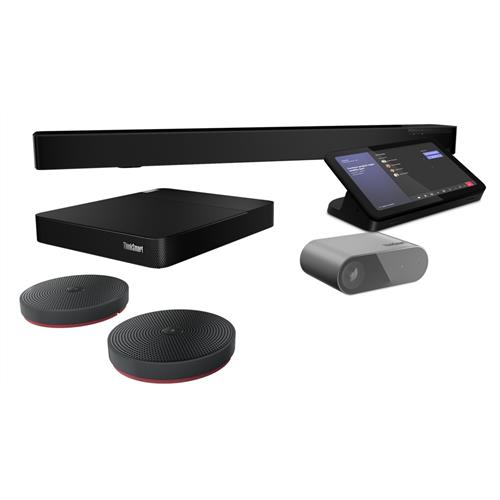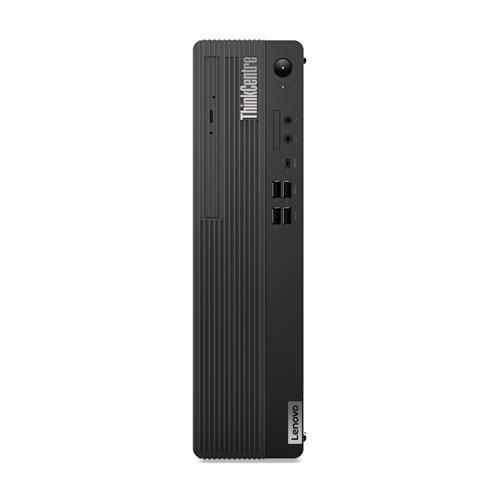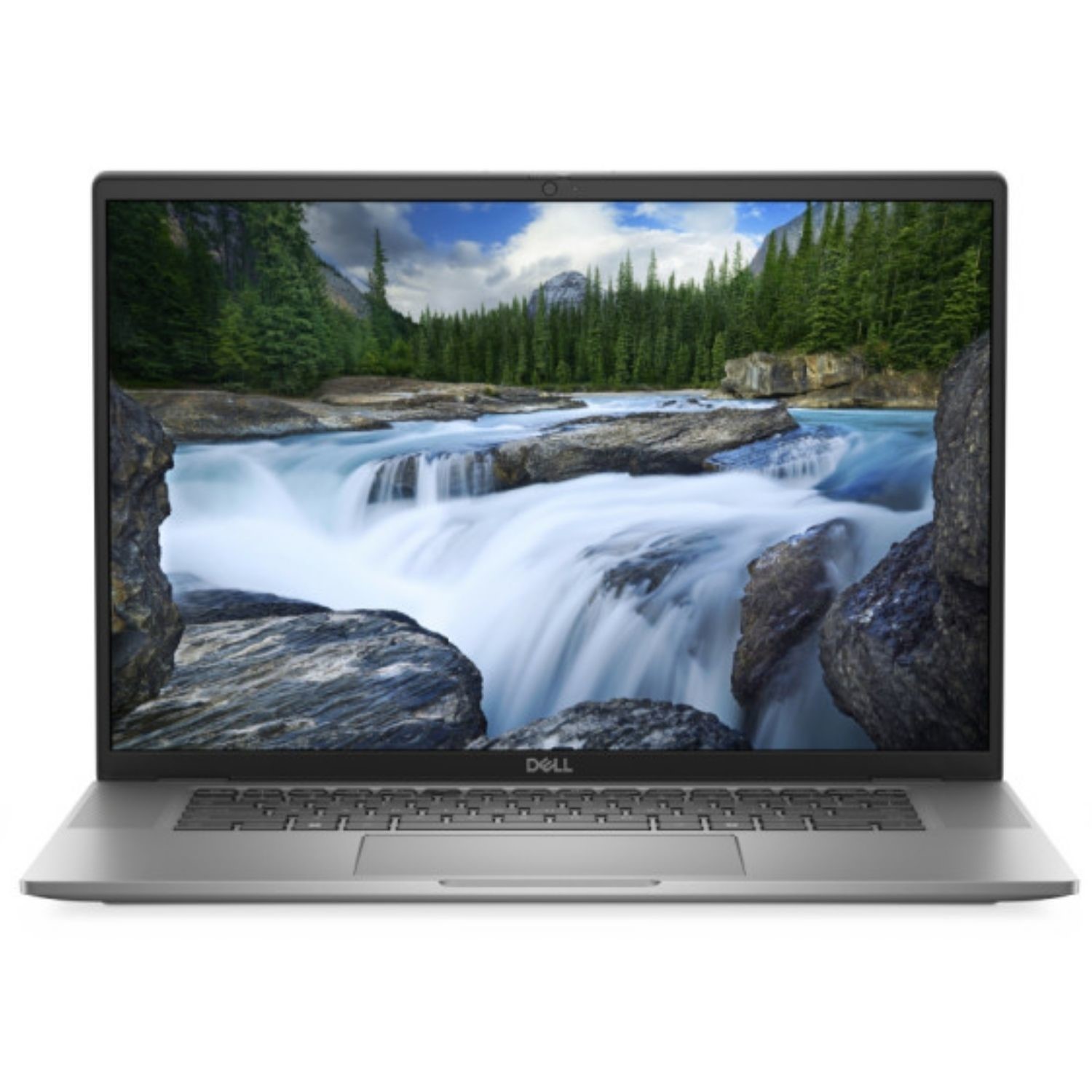

Introduction

My previous encounter with an ultrawide monitor made by Corsair didn’t go particularly well. The quirky Xeneon FLEX 45WQHD240 made me realize two things: a 45-inch diagonal is simply perfect for a 21:9 monitor, but the 3440×1440 native resolution definitely isn’t. The Xeneon FLEX suffered from low pixel density and subpar image sharpness, issues further amplified by the ever-present fringing caused by the non-standard subpixel arrangement of its WOLED panel.
Let’s put all that behind us and focus on Corsair’s latest ultrawide monitor, the Xeneon 34WQHD240-C. On paper, it stands a much better chance of impressing, as it combines the 3440×1440 native resolution with a 34-inch screen diagonal, which is a much better fit in terms of pixel density. It also features a 240 Hz QD-OLED panel made by Samsung Display, although it’s still a first-generation QD-OLED panel, which means that the subpixel structure hasn’t been updated to the latest and greatest, and there’s a potential of experiencing seemingly raised black levels in a bright room, due to the lack of a polarizer.

The Xeneon 34WQHD240-C features a curved panel with a modest and practically imperceptible 1800R curvature radius. The radius is, of course, fixed, meaning the Xeneon FLEX remains the company’s only monitor with an adjustable curvature. The Xeneon 34WQHD240-C is more practical in other ways, too. For instance, it offers full VESA mounting compatibility, allowing you to easily detach the supplied base and stand and mount it on a standard table or wall bracket for a cleaner setup. This is also one of the few monitors painted white, making it an ideal match for any white-themed build. Conveniently, that’s exactly the case with my monitor-testing rig.
While the Xeneon 34WQHD240-C is primarily designed for gaming, it also boasts several productivity-focused features, such as a USB-C DP Alt Mode port with 65 W Power Delivery and a 4-port USB 3.1 hub with an integrated KVM switch. Let’s see how this monitor performs in real-world scenarios and determine whether it justifies its $1,200 price tag.
Specifications
| Corsair Xeneon 34WQHD240-C | |
|---|---|
| Screen Size | 34″ ultrawide |
| Curvature | 1800R |
| Native Resolution | 3440×1440 (21:9), 109.68 PPI |
| Panel Technology | QD-OLED (10-bit) |
| Refresh Rate | 240 Hz (48-240 Hz VRR range) |
| Supported Adaptive Synchronization Technologies | AMD FreeSync Premium, NVIDIA G-SYNC compatible, VRR |
| Brightness | 2,150 cd/m² peak, 450 cd/m² @ 10% APL, 1,000 cd/m² @ 3% APL |
| Contrast | 1,500,000:1 (static) |
| Viewing Angles | 178° (horizontal) / 178° (vertical) |
| Response Time | 0.03 ms GtG |
| HDR | HDR10 |
| Adjustability | Height (89 mm), tilt, swivel |
| Video Inputs | 1x DisplayPort 1.4, 2x HDMI 2.1, 1x USB Type-C DP Alt Mode (65 W Power Delivery) |
| Video Outputs | No |
| USB Downstream Ports | 4x USB Type-A 3.1 Gen 1 (5 Gbps) |
| USB Upstream Ports | 1x USB Type-C (5 Gbps) with 15 W Power Delivery |
| Other Ports | 1x 3.5 mm headphone output |
| Speakers | No |
| VESA Mounting | 100×100 |
| Extras | Integrated KVM switch, Picture-in-Picture and Picture-by-Picture support, virtual crosshairs |




